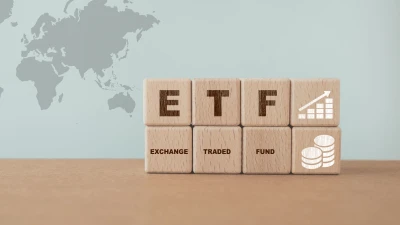Where are managers making their equity and fixed income allocations?



Fund managers at the recent Lonsec Symposium have shared their thoughts on where investors should be making their equity and fixed income allocations.
Held in Sydney on 4 May, the conference included panels and sessions on a range of asset classes.
Sitting on an equities panel, Ned Bell discussed the outlook for value and growth equities.
Asked whether growth was dead, Bell, who worked as chief investment officer of Bell Asset Management, said the answer depended on the sector; it was dead for large-cap growth equities and emerging market growth equities but not for those that were small and mid-cap equities.
“The best days are behind us for large-cap growth equities and emerging market growth equities but not for small and mid-cap (SMID) as they haven’t benefited from the wave of passive options that we have seen in large caps. SMIDs are an unloved area and one part of the equity universe that still has upside.
“It is one of the few areas in the equity universe that is already pricing in a recession; they think it will be a shallow recession.”
He also noted that SMID companies had acted quickly during the COVID-19 pandemic to cut costs, unlike their large-cap counterparts, which made them less vulnerable to a future recession.
He said the firm had been actively deviating towards SMIDs as they were attractive, and he expected to see a material earnings dispersion.
Bell said: “You have to be active at the moment, active management hasn’t been fun for the last 10 years, but we are coming into a period where it will be better”.
Moving onto the fixed income portion of a portfolio, now was the time to be dynamically overweight in fixed income, panellists said.
Stuart Dear, head of fixed income at Schroders, said: “It’s a new world for bonds and it’s a good one; the cycle is moving in favour of bonds.
“If you have been underweight to fixed income, then now is the time to rebalance. It is time to be dynamically overweight to fixed income as part of your dynamic asset allocation.”
Dear said Schroders was overweight on Australian investment grade bonds but was cautious about offshore credit and global investment grade where the spreads were narrower, and he had a negative view on global high yield.
Global high yield had previously been supported by the stand-out performance of the energy sector, he said, and the tailwinds for riskier parts of the credit market were fading away while the risk of default was picking up.
Recommended for you
Nuveen has made its private real estate strategy available to Australian wholesale investors, democratising access to a typically institutional asset class.
VanEck is expanding its fixed income range with a new ETF this week to complement its existing subordinated debt strategy which has received $1 billion in inflows this year.
Specialist global equities manager Nanuk has celebrated 10 years of its flagship New World Fund and is actively considering its next possible vehicle.
Australian equities manager Datt Capital has built a retail-friendly version of its small-cap strategy for advisers, previously only available for wholesale investors.












